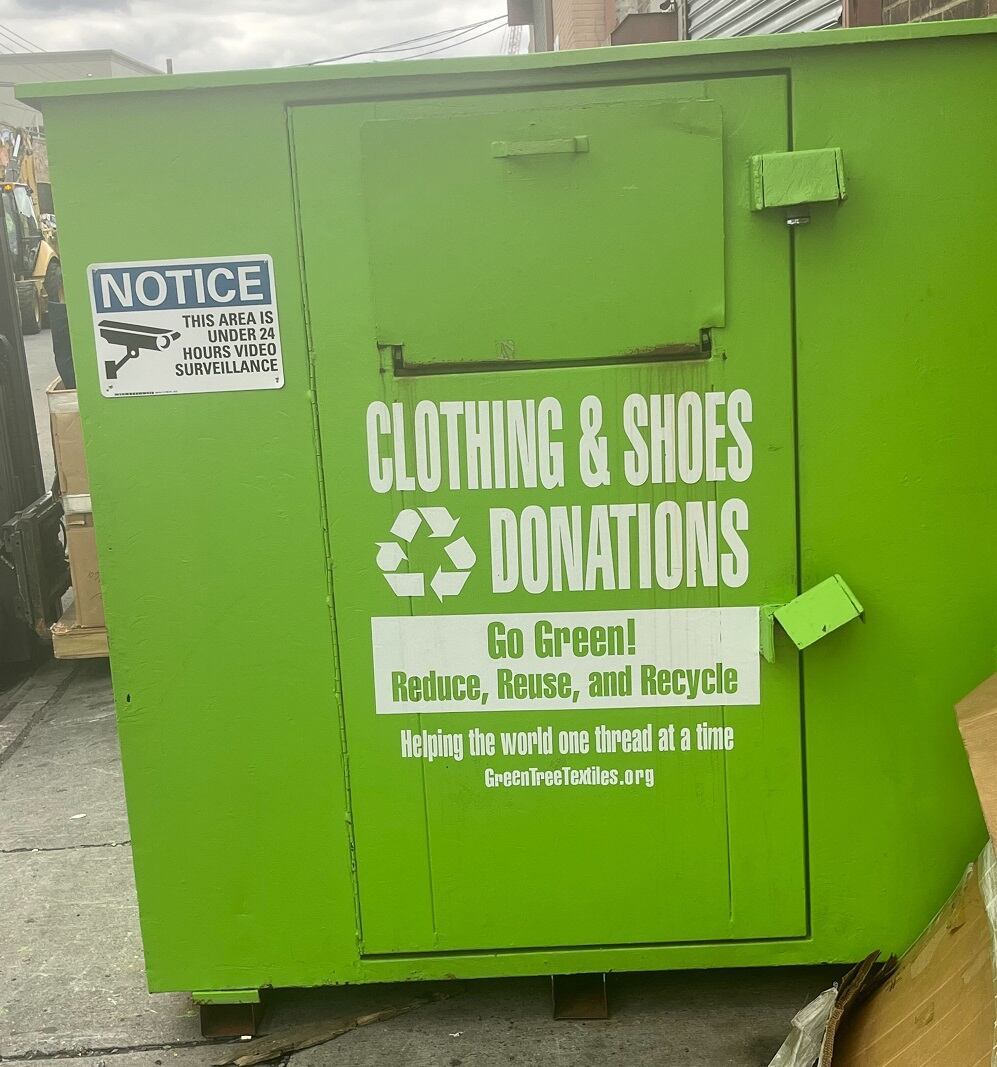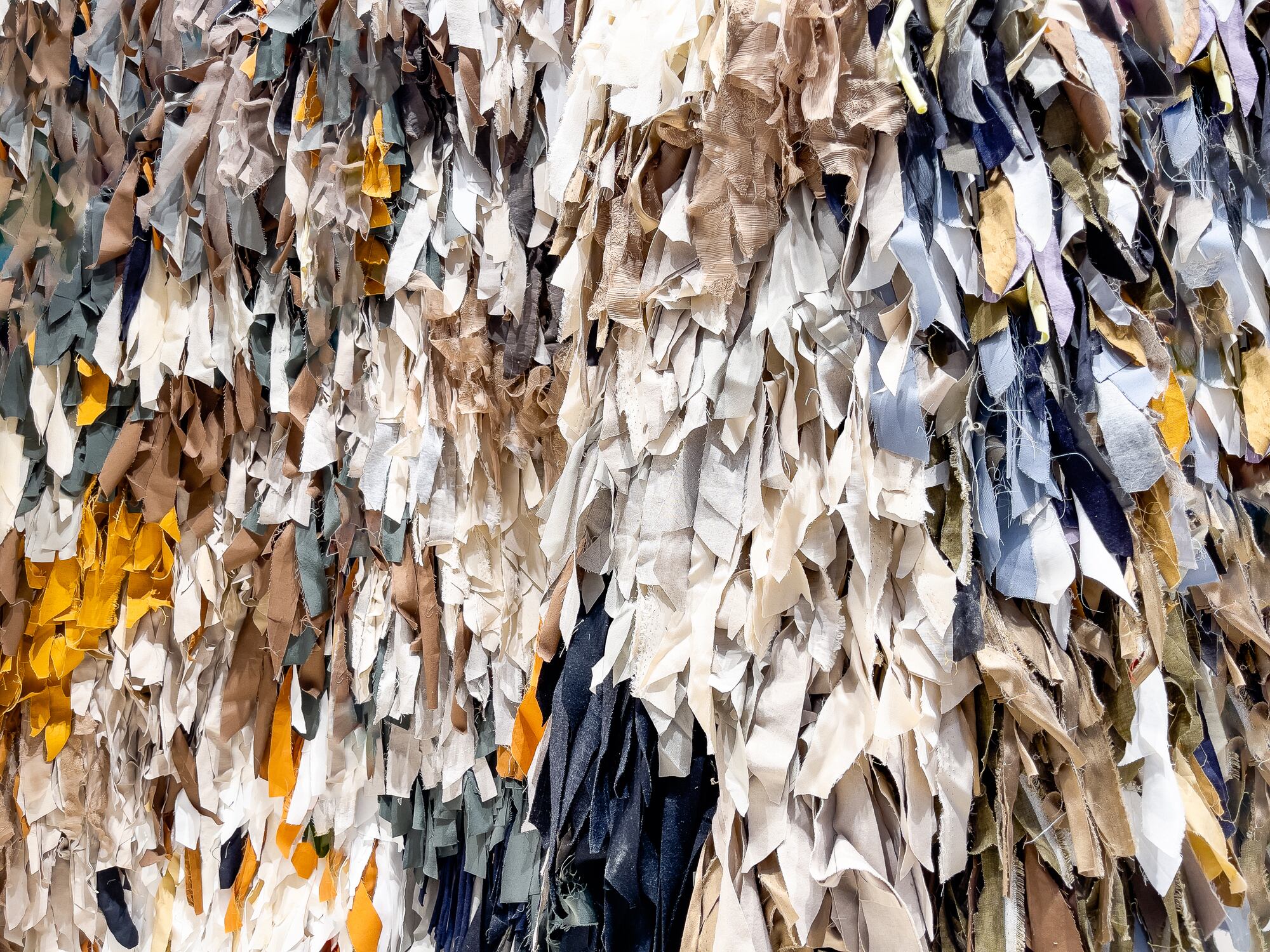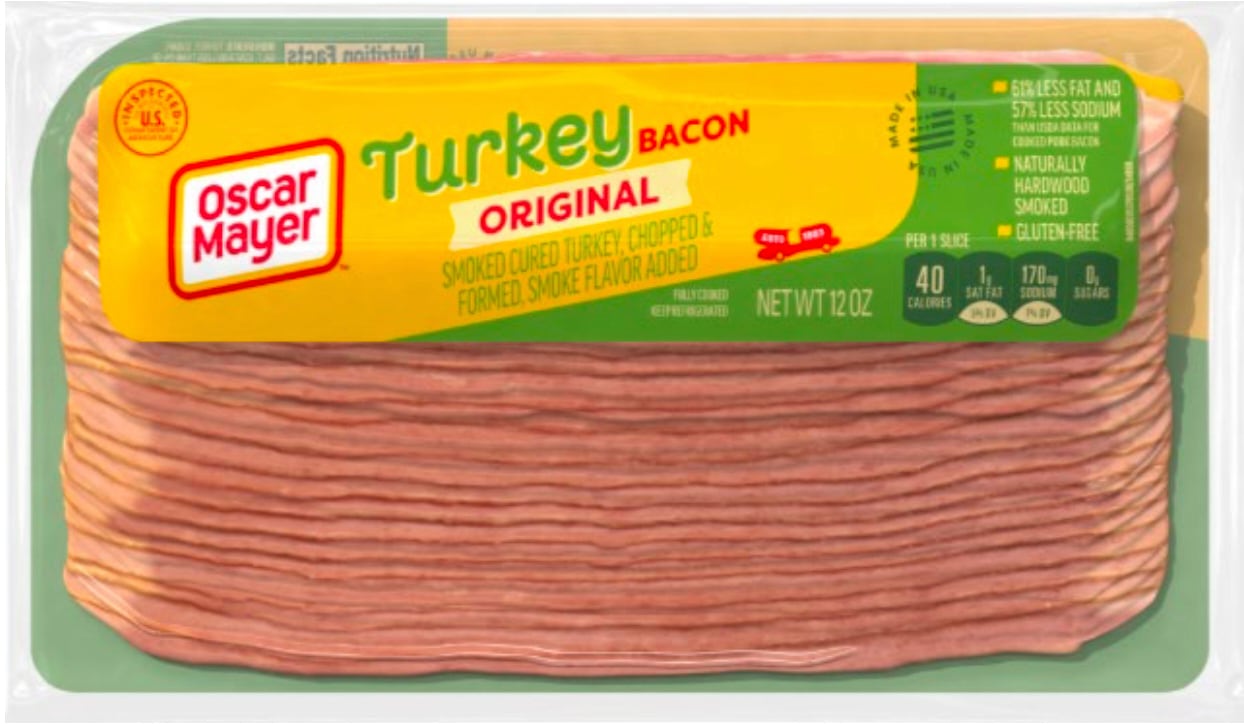In a world of convenience, committing to sustainable practices is no easy feat. Sure, we can all flick that light switch off when we leave a room, take shorter showers, and even walk more than we drive, but, frankly, we all could be doing more.
On a global scale, the World Bank says humans produce more than 2 billion tons of trash annually and in the U.S., one of the largest contributors to global warming in the world, the average American produces nearly 4.9 pounds of trash each day, according to the EPA. While those figures are staggering, most people can help steer the globe away from the climate crisis by simply looking in their closets..
Textile waste and the fashion industry in particular are often recognized as being second to only the oil industry when it comes to contributing to global pollution, according to the UN. Eighty-five percent of clothing items that are thrown away in the U.S. end up sitting in landfills or are incinerated, adding to the greenhouse gas that are emitted into the atmosphere.
In New York City, the Department of Sanitation has created a unique textile management sector that encourages residents to recycle their old clothes. In the Big Apple alone, people throw out 200,000 tons of textiles annually. To help offset such a staggering amount of waste, the agency has partnered with a number of private businesses and organizations like Housing Works, RefashionNYC, DonateNYC to make clothes and textile recycling more easily accessible.
'Convenient as Possible'
Green Tree Textile Recycling in the Hunts Point section of the Bronx is one of the privately-owned businesses that have partnered with the Sanitation Department to reduce the amount of waste from New Yorkers.
"The whole thing with textile recycling is you want to make it as convenient as possible. We try to set up drop-off locations throughout New York City, which will allow public access," Serge Lazarev, founder of Green Tree Textiles Recycling, told Cheddar.

Lazarev said he was inspired to start this business by former President Barack Obama's calls for a greener future during his first term, dubbed the New Energy for America plan. In his previous career as a gas station operator, Lazarev said he was a polluter and needed to reverse course on how he was contributing to the acceleration of climate change. With Green Tree Textiles Recycling, he isn't just helping to save the planet, clothes that are still in good condition are given to disadvantaged New Yorkers and those in transition.
"I started researching what I can do in this field and I found that solar was very expensive to get into, that bottles and cans markets — metal markets — were already saturated with lots of companies doing it," Lazarev said. "I went into [textile recycling] with the idea to help the environment and the byproduct of that is helping other people who are less fortunate."
Once items are sorted, they are either distributed or broken down into reusable materials. Of the garments collected by New York City's textile waste management department, 45 percent are reused as clothing, about 30 percent of clothes are used as wiping cloths, and 20 percent are recycled into fibers. Some of those recycled fibers are then sold or distributed to be used as filling for mattresses and other furniture, insulation, and repurposed fabrics.
"We accept any type of textile material, whether it will go for re-use or recycling," Lazarev said. "For example, we will separate out cashmere and wool. No matter what the condition of those materials are, those are high-value materials and they have a good market rate. They will get reused, respun, and they will be making new clothing out of those materials."

The Department of Sanitation is making it easy for New Yorkers to safely get rid of unwanted textiles through an interactive map on its website. The map highlights locations in each of the five boroughs where people can take their unwanted clothes. For neighborhoods without easily accessible drop-off points, Lazarev said getting a bin in a new area is as simple as having a conversation with local leaders and business owners.
"The whole thing with the bins is to find a host. So, whether you're going to talk to your building management company or your super, we try to make it as convenient as possible for the organizations who are hosting," he told Cheddar. "You can talk to your community organizations whether it is a church, a gym, anybody who has a parking lot or space. We are flexible."
Sustainable Slow Fashion
For slow-fashion designer Aysha Saeed, incorporating sustainable, locally-sourced fabrics into her designs is an integral part of operations. Saeed launched the women's clothing line AYSHA NY with the goal of contributing as little as possible to the ongoing climate crisis. She told Cheddar that her company is committed to being part of the solution rather than adding to the issue.
"I said 'Ok. Maybe we can't take on large initiatives, why don't we start with what we can do,'" she said. "So some of these initiatives that we have for our company is recycling and reusing everything around us."
From reusing plastic bags, returning hangers to manufacturers, and green shipping practices, the AYSHA NY brand is approaching sustainability where it can. However, Saeed's biggest contribution to a greener future is in the fabrics that she uses to create.
"We use something called 'dead fabric.' That is fabric that's already available in a market," Saeed told Cheddar. "Some stores sell fabrics that have been discarded by other brands, perhaps. We end up using their fabric as trimmings."
Dead fabrics, also known as deadstock, are often materials that have been slightly damaged and deemed unusable by the original purchaser. This affords smaller businesses an opportunity to swoop in and create lavish, sustainable pieces.

Admittedly, Saeed noted that the cost of operating a sustainable business can be expensive, and shopping with a sustainable mindset can make the consumer dig a little deeper into their pocketbooks but she said her patrons fully support efforts to positively impact the environment.
"Our customer is sophisticated, savvy, and they care about the world that they live in, so for them to pay a little extra for sustainability initiatives that we have in place, they're absolutely fine with that," she said. "I sleep a lot better at night knowing that I am not a problem to being the second largest polluter in the world."
The fact of the matter is that leading a sustainable life can be tough. It isn't easy to break out of traditional habits, which may be a detriment to the environment, but it is possible if people are intentional. Recycling and finding multiple uses for old clothing is half the battle. The other side of that fight is to also make sustainable purchases from companies that are committed to a greener future.
When it comes to clothes shopping, this means avoiding brands that produce "fast-fashion" or many seasons' worth of clothes in a single year. The materials used to produce these lines are often cheap and hazardous to the environment. With such a high rate of output, there is a greater chance for clothing to be recklessly discarded, and as a result, fast fashion brands are linked to water pollution, increased greenhouse gas emissions, soil degradation, and rainforest destruction.
"First of all, how these garments are produced, and how come they can be so inexpensive? There is a reason behind it and the transparency in the supply chain is really not visible. The consumer does not know how garments are made, how they are sourced, who's working on them. The wages these workers are getting paid is a controversial area, and I don't like supporting them," Saeed told Cheddar.
As the U.S. remains one of the top producers of garbage in the world according to the World Bank, adopting sustainable practices may ultimately help reverse the course of Earth's climate crisis. But it isn't too late for the everyday American to do their part and help scale down the amount of waste accumulated annually. Recycling certain items from the back of your closet can help offset some of the impact discarded clothing might otherwise have on the environment. And coming across non-recyclable goods doesn't mean it's garbage. You can find ways to reuse and repurpose unwanted clothes. Finally, shopping with sustainability in mind will drastically impact the ongoing climate crisis.
"Buy less but buy well, is the philosophy I believe in," Saeed told Cheddar.









